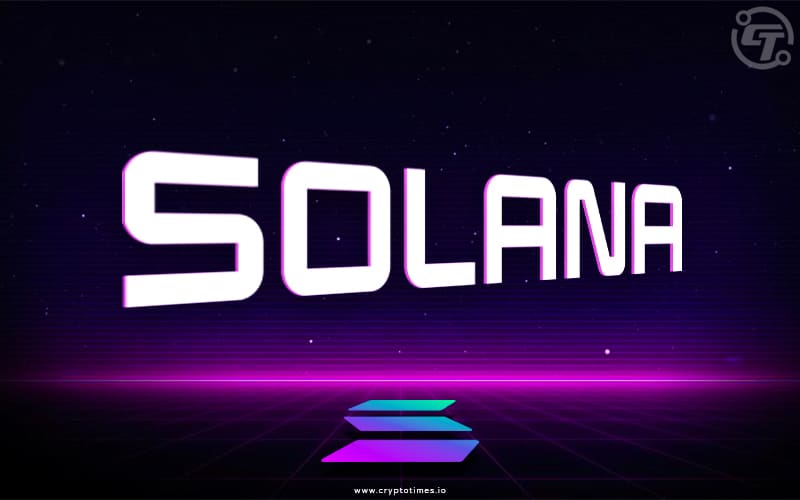In Brief:
- Solana faces criticism as it experiences network outage yet again.
- The issue was resolved with the adoption of v1.8.14, designed to mitigate the worst effects of the outage.
- Solend is going to reimburse 100% of the penalty for users liquidated due to the congestion.
The Solana blockchain network suffers yet another network congestion issue which this time lasted for about 48 hours.
This is the second time in this month itself that Solana experienced the same network outage problem.
The glitch was first noticed by the Solana team on Friday, January 21, 2022, around 00:00 UTC. The team spent more than 24 hours investigating before determining the cause on Saturday at 17:55 UTC.
The issue was caused by excessive duplicate transactions executed by bots, according to the brief report on the Solana Status page.
A market crash created numerous lucrative opportunities for bots, which spammed the network with duplicate transactions in order to win lucrative liquidations and arbs.
This caused validators to become overburdened and user transactions to be drowned out.
The problem was fixed with the release and adoption of v1.8.14, which was designed to mitigate the worst effects of the outage.
While the network issue has been resolved, DeFi users on the blockchain have paid the price by facing heavy liquidations during the 48-hour network outage.
Pyth, an on-chain price feed oracle that powers DeFi on Solana, also experienced issues as the market fell.
Its price feeds were displaying inaccurate data, hastening the liquidation of some users. Solana is expected to use Chainlink, DeFi’s most popular oracle, in the near future.
Later on, Solend, Solana’s largest lending protocol, acknowledged the liquidation issue.
Solana announced it is going to reimburse 100% of the penalty for users liquidated due to abnormal volatility on the SOL feed and reimburse 50% of the penalty for other liquidations.
It’s not the first time Solana has encountered network congestion. It experienced a 17-hour network outage in September, which occurred due to resource exhaustion. The number of transactions was 400,000 transactions per second, which had flooded the transaction processing queue and led to a fork.






